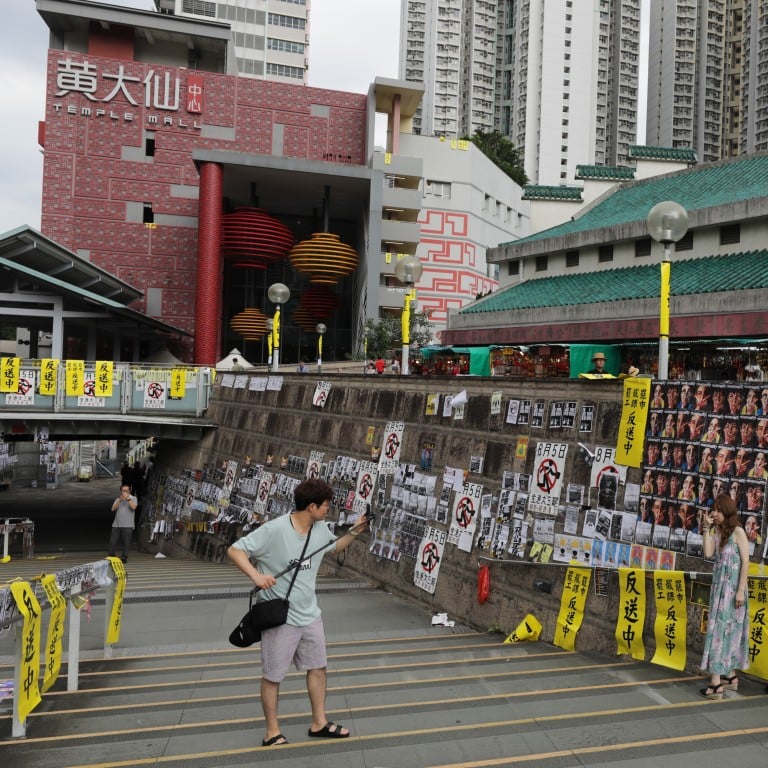
Explainer | No tear gas, only incense: a Wong Tai Sin before Hong Kong’s protest violence
- Apart from its famous temple, Wong Tai Sin also holds some of city’s best-kept secrets throughout its quiet history
- The district has since been one of the major battlefields between police and demonstrators joined by angry residents
When university student Natalie Lam Wing-tung was a child, she was unaware that she was living near one of the most iconic attractions in Hong Kong. She has always called Wong Tai Sin home, and has simple and peaceful memories of her humble neighbourhood Chuk Yuen Estate.
Wong Tai Sin’s fame hails from a temple named after a Taoist deity of the same name. The temple, run by Taoist, Buddhist and Confucian charity Sik Sik Yuen, is one of Hong Kong’s busiest and best-known. It is thronged by worshippers all year round.
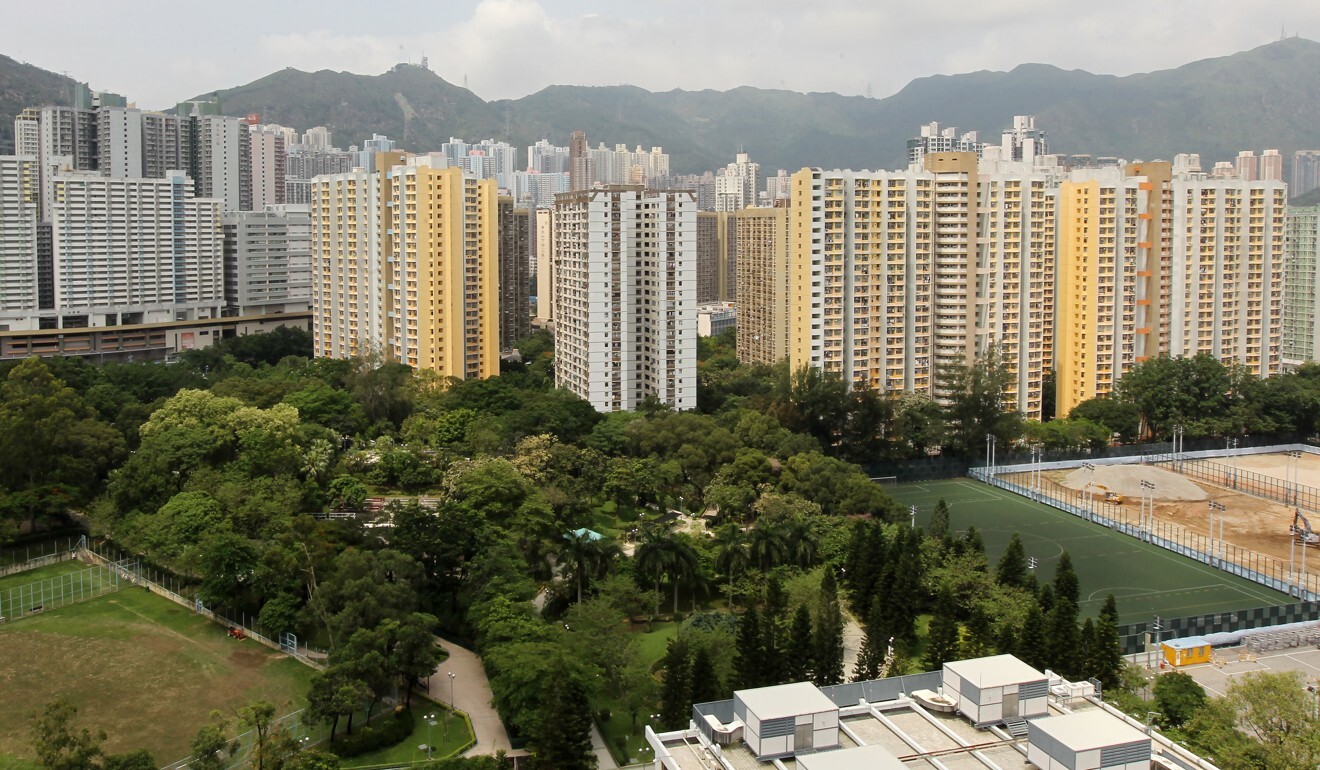
Like other residents, Lam, 20, grew up used to the sights and smells of worship.
But recently, Wong Tai Sin made headlines, not because of its spiralling swirls of incense smoke, but suffocating tear gas fumes fired by riot police at anti-government protesters and angry onlookers.
On August 3 at 11pm, after news reports suggested officers had stormed the area’s MTR station to arrest two people, hundreds of protesters and residents descended on the scene to block police vans from leaving.
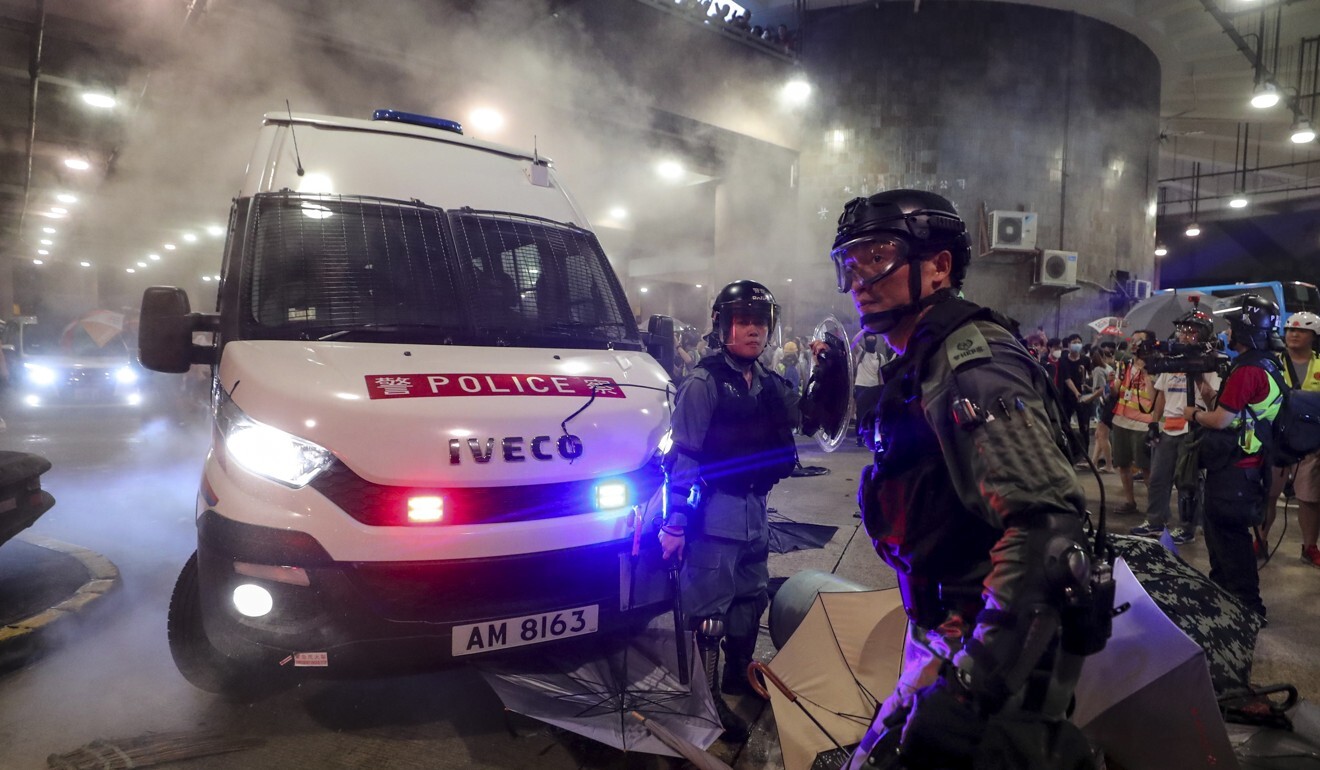
Chaos ensued, with radicals throwing objects and attacking officers with umbrellas while police responded with pepper spray, batons and tear gas.
Two days later, violence returned after citywide strikes that crippled the city led to protesters holding demonstrations across districts. Temple Mall, next to Wong Tai Sin MTR station, became a refuge for those seeking shelter from tear gas.
The night quiet Wong Tai Sin became a smoking battleground
Since then, the district has become a battlefield between flash mob-style protesters and police, with residents mostly joining the fray in support of the former. At Wong Tai Sin Disciplined Services Quarters, where families of officers live, clashes have also erupted.
But before the mayhem, Wong Tai Sin was known for its quaint charm and quiet history, as one of the poorest and oldest districts in Hong Kong.

Who is Wong Tai Sin?
In Chinese, Wong Tai Sin means a saintly person called “Tai Sin”, surnamed Wong. This person’s real name was Wong Cho Ping, who was born in Zhejiang province in mainland China. According to local legend, Wong endured poverty and hunger, becoming a mountain shepherd at the tender age of eight.
At around 15, he began to practise Taoism after a celestial encounter with a saintlike character named Red Pine Mountain. From then on, Wong became known as the Red Pine Immortal, possessing the power to heal and cure illnesses with herbal potion.
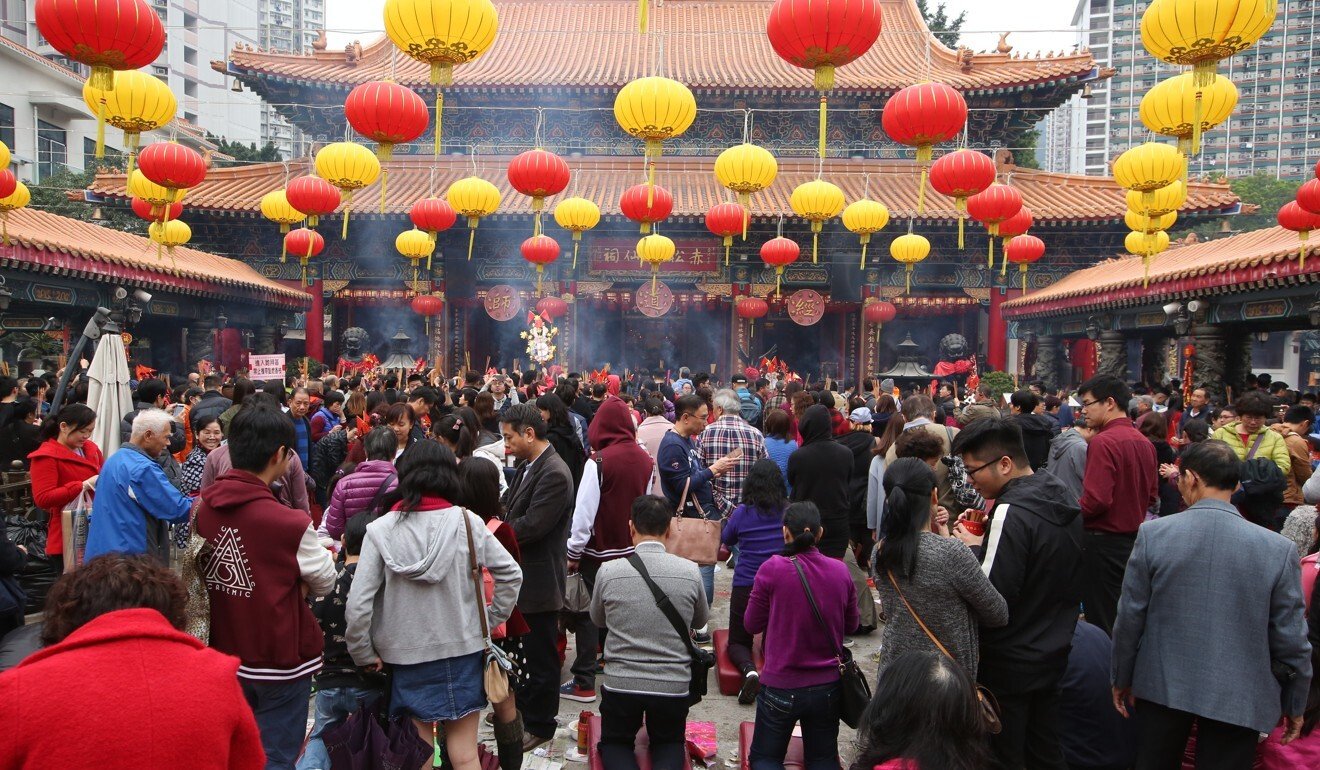
His birthday is celebrated by worshippers on the 23rd of the eighth lunar month, the busiest time at the temple.
In Hong Kong, a temple complex was built and dedicated to Wong in 1973. Nowadays, more than 10,000 people visit the temple daily. They also pray for good fortune by paying respects to the temple gods or going to the hundreds of fortunetelling shops there. The temple premises are also filled with fortune-tellers occupying tiny booths in an arcade section, who charge a consultation fee to read one’s fate.
The temple can be accessed by getting off at Wong Tai Sin MTR station, and turning right from exit B3.
Who lives there?
Wong Tai Sin district derives its name from Wong Tai Sin Temple, and is situated in the northeastern part of the Kowloon peninsula, surrounded by high-rises.
It is the only fully landlocked district in Hong Kong. With a population of 425,235, many working-class citizens of Hong Kong call this area home. About 58.8 per cent of them are currently part of the city’s labour force.
According to the Hong Kong Tourism Board, 85 per cent of Wong Tai Sin district’s residents live in its 22 public housing estates.
It also has the highest proportion of elderly people. A Post report in 2018 showed Wong Tai Sin was set to be the district with the most elderly people by 2026, with one in four residents aged 65 and above. It will also have the fewest people aged under 14 in comparison to the rest of Hong Kong.

Even with government policies and measures to combat poverty, Wong Tai Sin was the third-poorest district in 2017. The poverty rate for the district stands at 16.4 per cent, 1.7 per cent higher than the overall average, after Kwun Tong and Sham Shui Po.
“Although this is not a wealthy district like Causeway Bay or Central, I think it is one of the few districts that shows a more friendly, down-to-earth side of Hong Kong,” 19-year-old resident Michelle Ma Chi-ying says.
Chaos rages as Wong Tai Sin residents turn on police for using tear gas
“It shows the tradition and history that our city was built on, instead of just being a shopping paradise or financial hub, as mostly depicted to people.”
On that tear gas-filled August night, there were uniquely Hong Kong moments during the violent confrontations.
People online were amused when someone, seemingly a local resident – known as kai fong in Cantonese – extinguished a tear-gas canister with an aluminium dish of the type commonly used to hold steamed fish in households, and costing only about HK$10.
Many who surrounded the police vans appeared to be residents, without protective gear commonly worn by protesters. There were shirtless uncles in slippers and women holding plastic shopping bags.
“Wong Tai Sin does not welcome you, go away!” the crowds shouted at police, occasionally hurling vulgarities. “Do you know we have children at home? Leave now! We don’t want you here!”
On popular local online forum LIHKG, one user wrote of the night in praise of the district: “Now we see the true colour of Wong Tai Sin residents.”
What are the local charms?
Wong Tai Sin is home to many traditional temples and ancient Chinese architecture dating back to the Tang dynasty.
To catch a glimpse of an unconventional side of the city, Ma recommends checking out the Chi Lin Nunnery, a temple complex boasting lotus ponds, worship halls, and a pantheon of Buddhist statues.
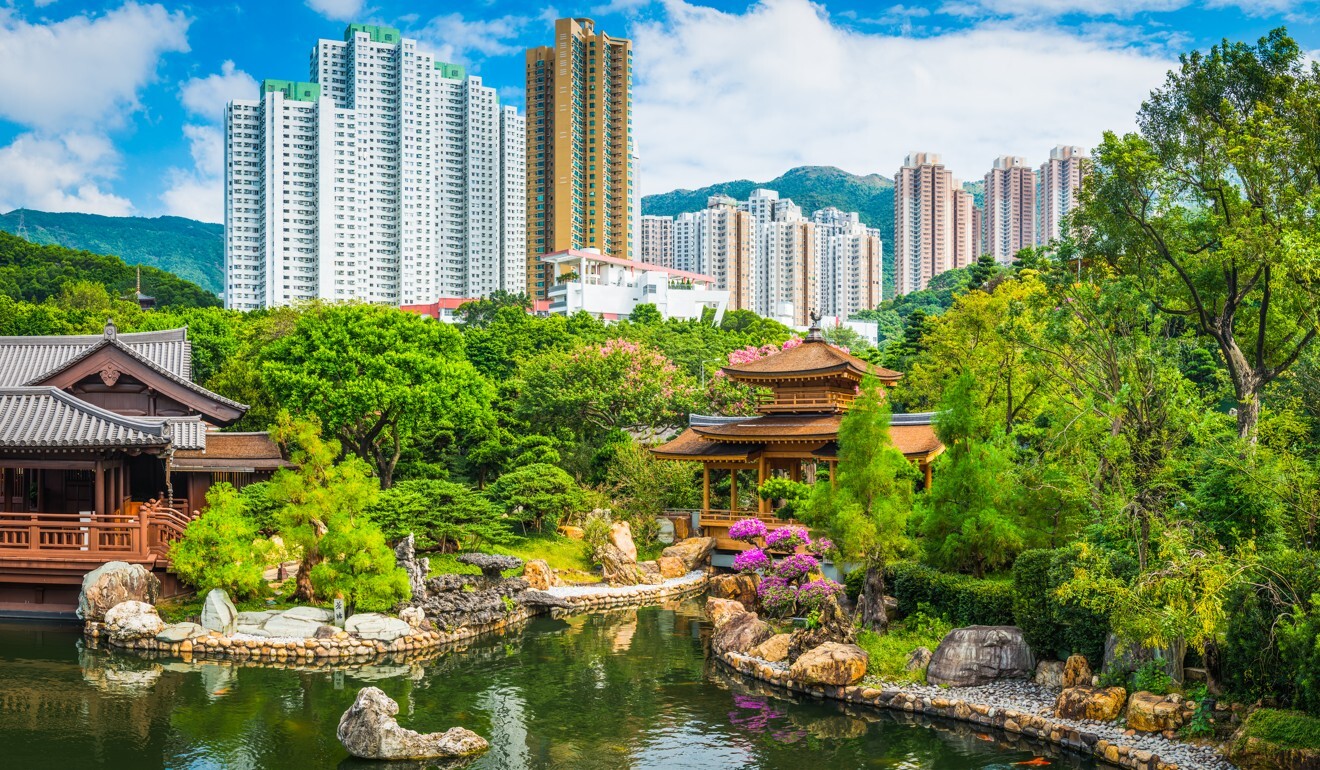
There is also Nan Lian Garden, located in Diamond Hill. It is a Tang classical garden that features hills, ponds, trees, rocks and wooden structures. “It shows the cultural side of Hong Kong and it’s not as crowded as Wong Tai Sin Temple. It’s one of Hong Kong’s best kept secrets,” Ma says.

For hikers, Lion Rock Country Park is also located in the area, offering breathtaking vistas.
The district also has some delectable delights, particularly in smaller shops in Fung Tak.
Both Lam and Ma recommend Hyacinth Dessert, a local shop on Wan Fung Street. “It’s a yummy dessert shop run by a family. I love their melting chocolate cake with ice cream,” Lam says.
Ma adds: “Sometimes, my friends and I would walk there for dessert. My favourite dish is mango with chewy rice balls.”
Lam says a pond near Chuk Yuen still holds some of her fondest childhood memories. She recalls how she used to feed carp there. “When I was little, my grandmother would bring me to play in the park there, near Wong Tai Sin lower district.
“When I was studying in secondary school, I loved buying hot bubble tea and Hong Kong-style waffles after school as they were affordable for students. Those good times having snacks, chatting with friends when walking back home, are really memorable.”


